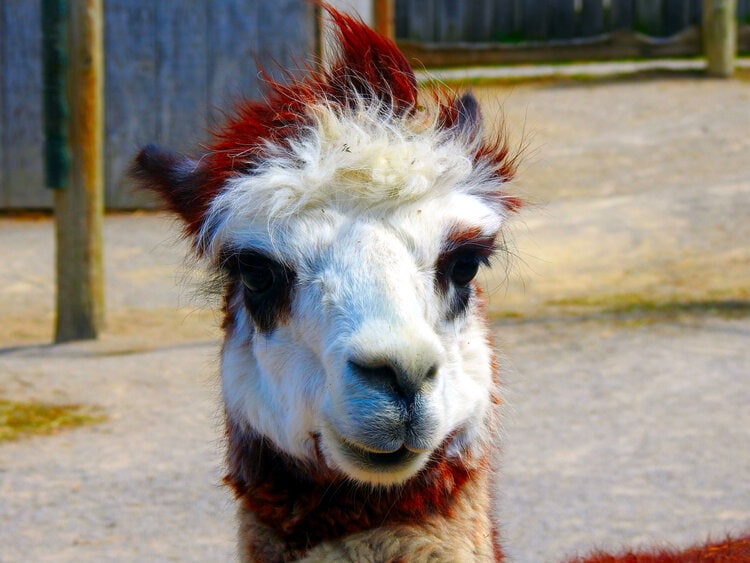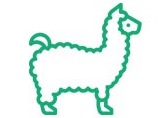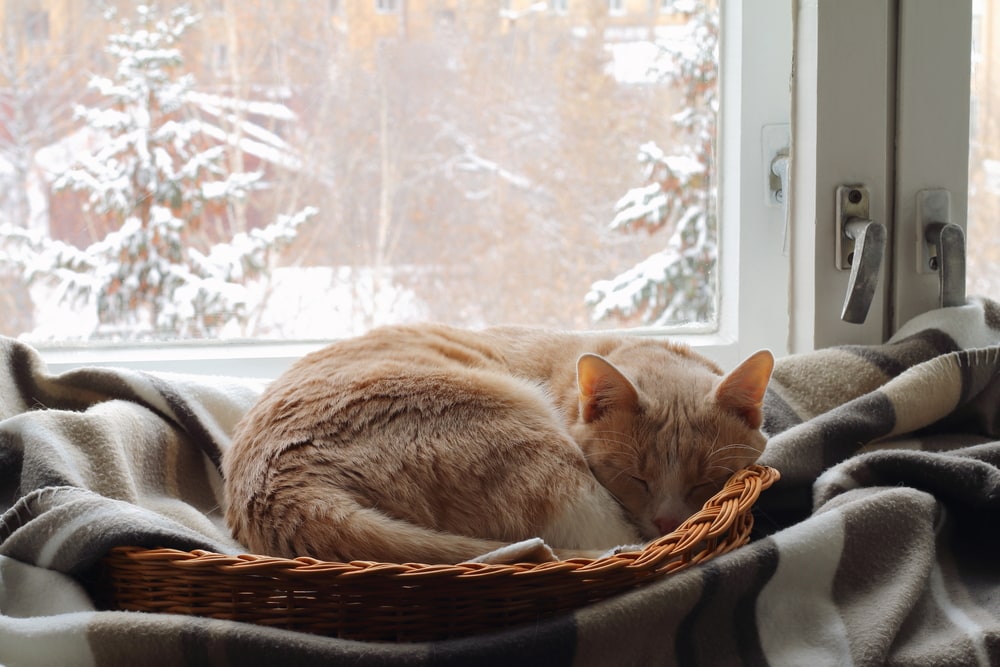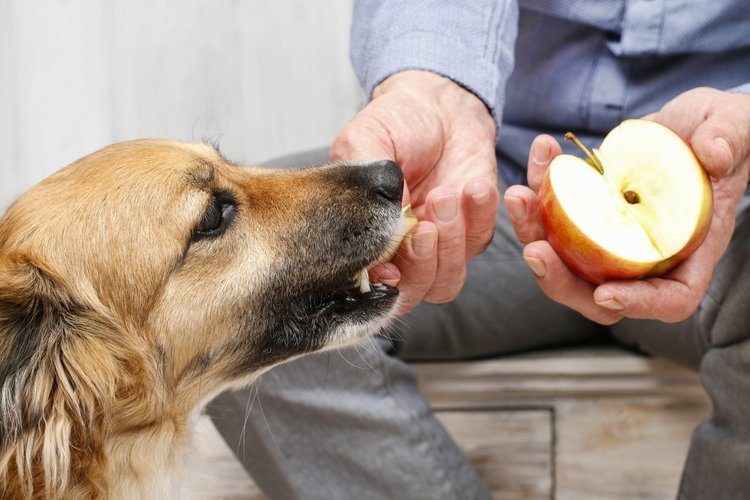
Click to Skip Ahead
A huarizo is a mix between a male llama and a female alpaca. This hybrid is extremely common. They are a bit smaller than llamas, but their wool is much longer. Therefore, they are better for fiber gathering than some other breeds.
These animals are naturally sterile. However, some farmers have begun looking at genetic modification to help huarizo retain their fertility. In some cases, it’s suggested that only minimum genetic modification is necessary.
While huarizo are quite common, information about them is scarce. They are typically only owned by those who have both alpacas and llamas because they must be continuously crossed. They cannot maintain herds of their own.
Quick Facts About the Huarizo
| Breed Name: | Huarizo |
| Place of Origin: | N/A |
| Uses: | Wool and meat |
| Male Size: | Varied |
| Female Size: | Varied |
| Color: | Nearly anything |
| Lifespan: | 15–25 years |
| Climate Tolerance: | High |
| Care Level: | Low |
| Production: | Wool, meat, hide |
Huarizo Origins
This hybrid exists anywhere that you can find both alpacas and llamas. This hybrid is common, so they don’t have an origin story. Also, they cannot keep up their own breed because they are infertile.
Therefore, every time a huarizo is bred, it’s technically their origin.
Huarizo Characteristics
This breed is a mix of llamas and alpacas in almost every way. Their size is often somewhere in between these two, since the animal will inherit different traits from each parent.
Their fiber also has a middling quality. It’s more high-quality than that of a llama but not as high-quality as that of an alpaca. Their wool is a bit longer than an alpaca’s wool too.
Their fiber has a low density. However, it can still be used for various situations.
Uses
These animals are mostly developed to get the quality fiber of an alpaca from an animal the size of a llama. For this reason, huarizo often produce intermediate-level wool, but they produce more of it than an alpaca does. Whether this wool produces more money than an alpaca varies.
In some areas, huarizo may also be used for their meat. This is more common in Peru, where alpaca meat is common. Usually, they are kept alive until their wool quality starts to decline. Then, they are slaughtered for their meat and hide.
In the United States, they usually live longer because their meat is not eaten there. There is simply no market to sell it in the United States, and U.S. producers cannot compete with Peruvian breeders when it comes to their meat market.
In the U.S., these animals are also shown. However, they cannot be used for stud or breeding purposes because they are sterile. Therefore, they typically don’t produce enough money for most farmers in the United States.
Appearance & Varieties
These animals vary in appearance. There aren’t any varieties either because they cannot produce children of their own.
Different animals will inherit different traits from their parents. Therefore, they can look quite different from each other. You cannot guess how these animals will look until they are born and mature. Some are bigger than others. Some have better wool than others.
Population
The population of this breed is changing all the time. Things are a bit complicated because they are not fertile themselves. Therefore, they must be bred by crossing an alpaca and a llama. Their distribution and habitat can constantly change, depending on who is actively breeding them.
These creatures are not around in the wild. Therefore, they do not have a natural habitat.
Are Huarizos Good for Small-Scale Farming?
They can be. However, they cannot breed by themselves because they are not fertile. Therefore, you have to either purchase them from someone who breeds them or own alpacas and llamas to breed them yourself.
Furthermore, these animals vary quite a bit. Therefore, you’ll need to be prepared for nearly anything. They usually look and act somewhere between an alpaca and a llama, but that’s about all the certainty that you will find.
These animals can be used for small-scale farming. However, their variety and inability to breed make them a second-rate breed. You’re better off choosing an alpaca or a llama instead.
See also:
- How Do Llamas Sleep? Do They Sleep Standing Up?
- Can You Ride an Alpaca? How Much Weight Can An Alpaca Carry?
Featured Image Credit: sallystap, Shutterstock








